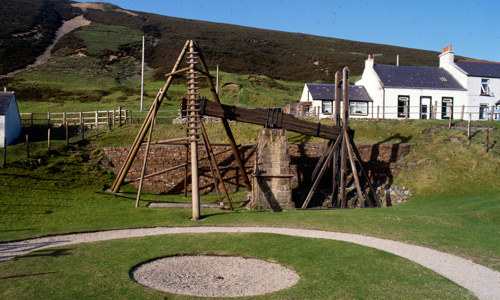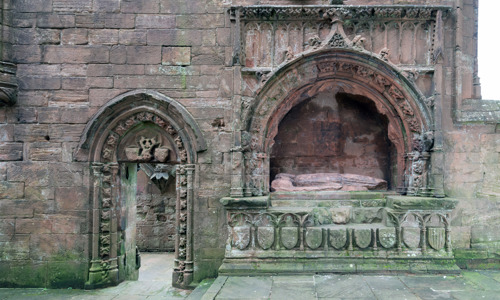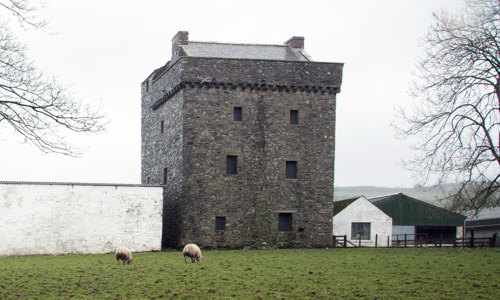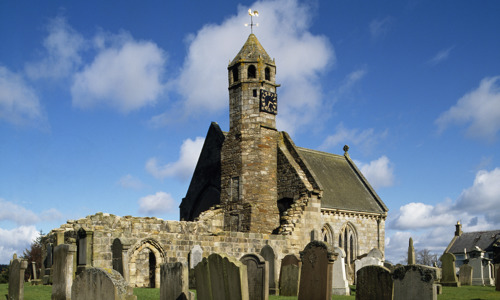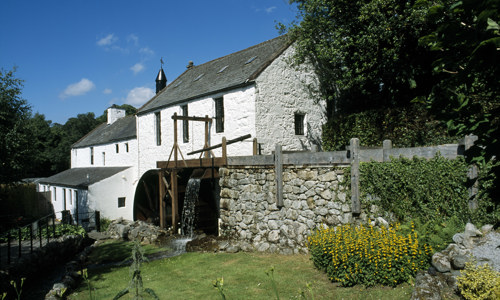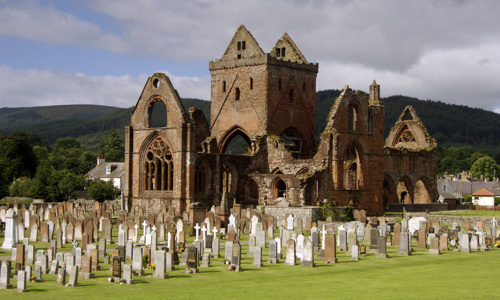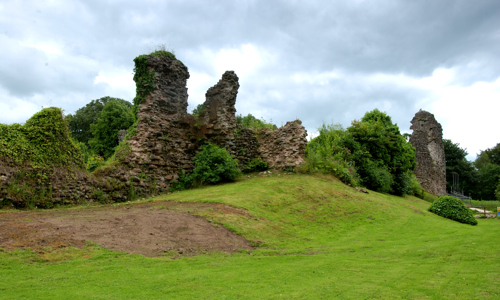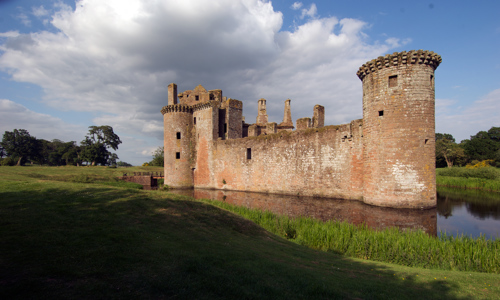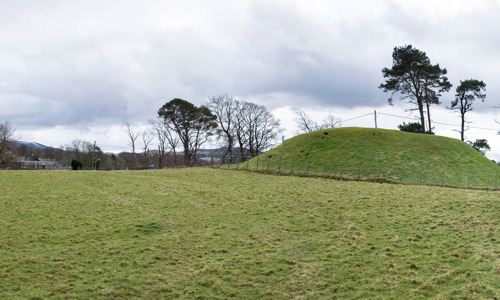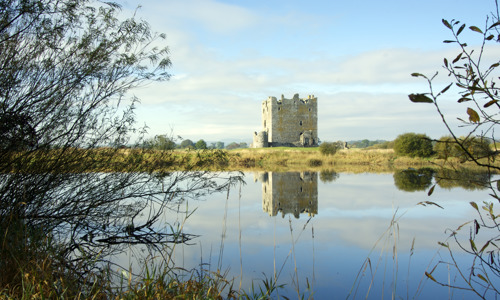History
An enigma
There’s plenty of debate about Morton Castle’s origins. Some suggest it was built as early as 1260, while others, citing an order for the castle’s destruction in 1372, say the present castle is a replacement built in the 1400s. Architectural evidence supports a date around 1300.
Similarly, we don’t know who built the castle. Its site is traditionally linked with the Gallovidian Ralph fitz Dunegal, native lord of Nithsdale, who is believed to have held a stronghold at Morton. However the survival is not this stronghold.
The barony of Morton was in the hands of Sir Thomas Randolph by the end of the 1200s, around when the castle may have been built. He may have created a deer park in the surrounding hills.
The Douglases of Drumlanrig, a powerful local branch of the Douglas family, came to occupy the castle in the 1500s. It was reportedly burnt by James VI in 1588, during a campaign against the fervent Catholic Lord Maxwell, Earl of Morton.
The castle remained occupied by the Douglases after this, but it had fallen into ruin after 1714.
Impressive construction
Morton is a hall-house, a kind of castle defined by a first-floor hall above an undercroft. It would have been surrounded by a curtain wall, probably with a circular tower at its apex.
Architectural details on Morton Castle suggest it could be the work of an English master mason. The D-shaped towers of its impressive gatehouse stood back-to-back, similar to the Black Gate at Newcastle Castle, built in 1245.


